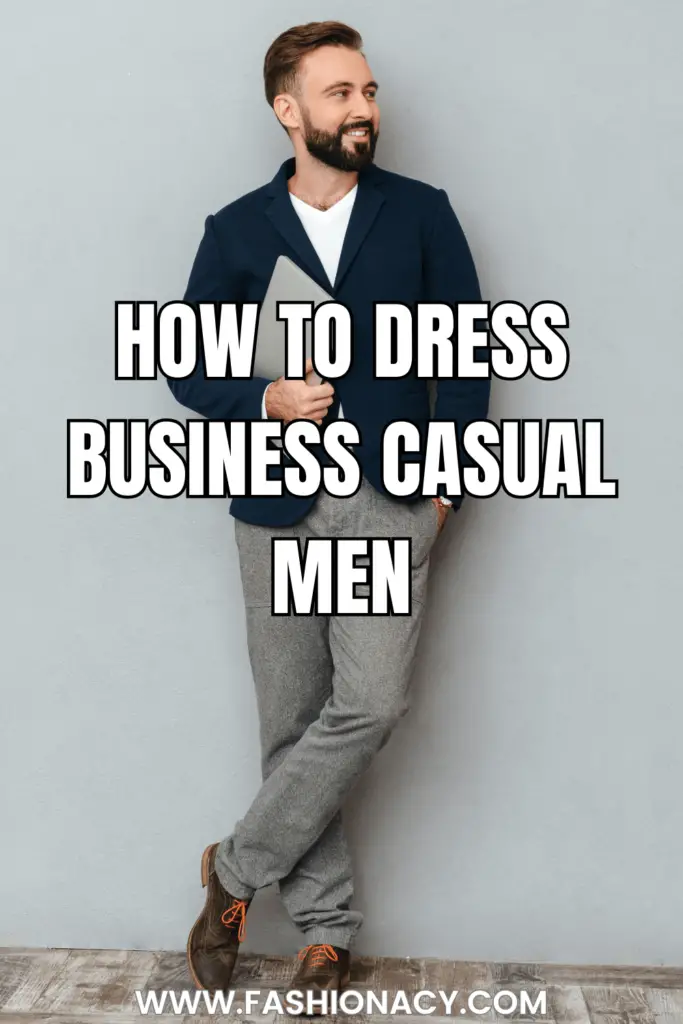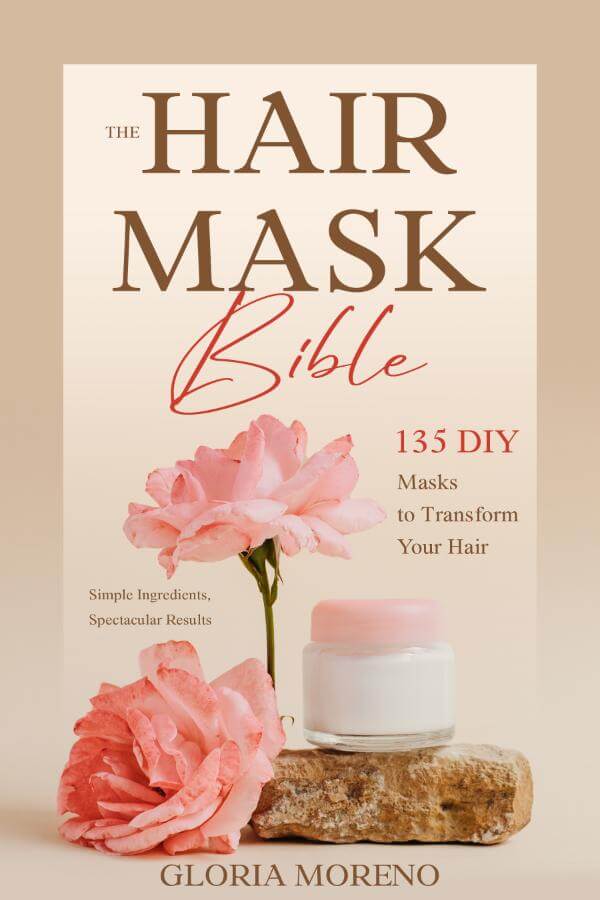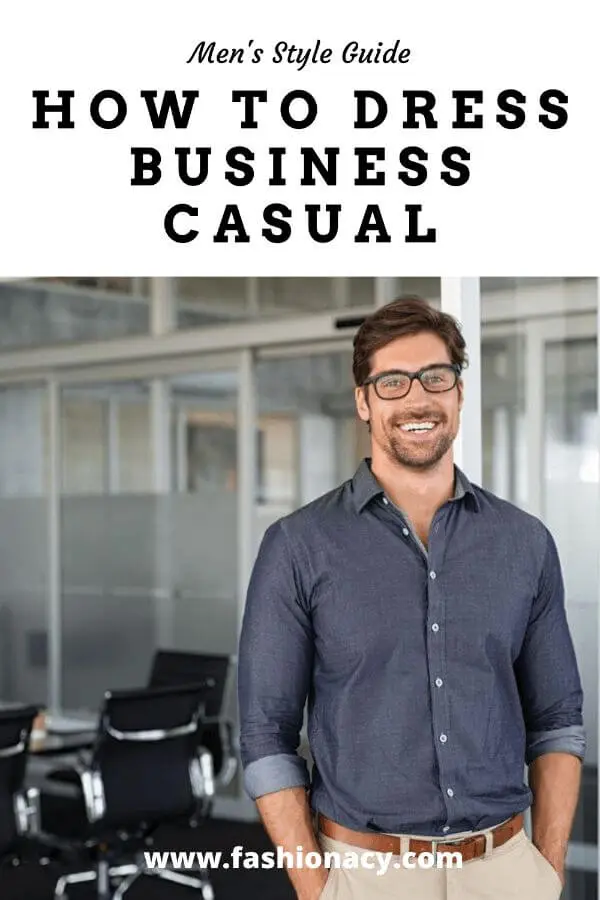
Here I’m talking about business casual style for men.
What is business casual style, for example, is one of the most frequently asked questions I receive.
What shoes are appropriate for business casual clothes? Is it acceptable to wear jeans to a business casual workplace?
So in this guide, I’m going to go through everything. I’m going to answer all of your queries about the dress code.
So, for the most part, the days of males having to wear a suit and tie to work are over. The majority of office positions have a business casual dress code, which is excellent, but it leaves us asking, “What should I wear to work today?”
General Rules of Business Casual style
Here’s a quick rundown of what you need to know about the business casual look:
- No suits
- Unless your boss gives you permission, no jeans.
- T-shirts are not permitted.
- Polo shirts are not permitted.
- No sneakers.
- No sandals or flip flops allowed.
- Dress boots are OK, but not casual footwear.
- Ties aren’t necessary.
- Shirts are almost usually tucked in.
- Blazers and sport jackets are almost always acceptable.
So, if you just follow those rules, you’ll be alright, but if you’re serious about mastering the business casual style, keep reading.
History of Business Casual
Let’s take a quick look at the history of business casual. How did this dress code get started in the first place?
There was no such thing as a casual Friday or a business casual until the early 1960s, when men wore formal attire to the office, such as a suit and tie.
It was a Hawaiian tradition known as Aloha Friday that eventually introduced casual Fridays to the United States, and this is where business casual got its start.
The Hawaiian Fashion Guild, believe it or not, was attempting to promote more aloha items, such as Hawaiian print shirts, and thus began the tradition of Aloha Fridays.
It made its way across the Pacific to California, and of course, males were all over it. After all, why not have one day a week where you can dress more casually?
So many of our customs and beliefs, such as casual Fridays and, ultimately, business casual, were marketing ploys.
Guys were sick of wearing full suits and ties, and they just wanted to be comfortable, so it took off immediately. As a result, many got on board and began to adopt the casual Friday, and then the business casual trend.
Fast forward to the 1990s, and offices are more informal than they’ve ever been, and major brands like Levi’s are taking notice. That’s why they created Dockers, their khaki pants, or their Chinos brand, to provide guys an alternative to wearing denim to business casual offices.
So they began aggressively pushing these khaki pants with these incredibly humorous, ’90s-style advertising.
Khaki pants became the unofficial business casual pant as a result of their popularity. They were only a tad more relaxed than suit pants.
Levi’s even went so far as to send department stores a visual pamphlet that was like a whole guide to business casual, and it featured guys wearing relaxed fit khaki pants, blue shirts, and maybe a casual sport coat or a sweater, which became the business casual uniform.
Ralph Lauren, Brooks Brothers, and J.Crew were among the other brands who saw the trend and joined on board, ensuring that business casual was here to stay.
Business Casual Style Now
So, what does this year’s business casual entail?
It’s a lot more relaxed than it used to be. It used to be that you didn’t have to wear a suit; you could wear a jacket with unusual pants, or even a casual jacket, such as a sport coat, with a casual button up and no tie, but nowadays, most business casual settings don’t require you to wear a jacket.
So, if you’re employed in a normal nine-to-five position. If you’re an entry-level or mid-level employee who isn’t an executive, your uniform will most likely consist of dress pants or chino pants, a tucked-in button-up shirt or a button-down shirt, and maybe a sport coat or blazer if you have a meeting.
Business Casual Style Examples
So let’s have a look at a couple of outfits as examples.
Let’s imagine it’s Monday and you have a presentation to give to your boss. Gray wool pants, a white dress shirt, a blue sport coat, and black Oxfords or Loafers are some options.
If you don’t have any large meetings Tuesday through Thursday, you may wear Chino trousers, a more casual button up shirt, like an Oxford, and then a cardigan or a V-neck wool sweater if it’s fall or winter, and then Derbys or Loafers, or a dressier boot, like a fancy Chukka boot.
Then there’s casual Friday, which most workplaces have, so you might wear jeans, a tucked-in button-up shirt with maybe a sweater over it if it’s chilly outside, and then something more casual, like a suede Chelsea boot.
I prefer layering up with a sweater instead of a sport coat, especially in the fall and winter, because it adds a little extra warmth, a little visual appeal in style, and it’s not as formal as wearing a blazer or a sport coat.
Also, many businesses now take casual Fridays seriously, so you can wear an untucked button-up shirt or a polo shirt with Chino pants or jeans, and more casual shoes like driving Mocs, or even fancier sneakers.
If you do decide to wear a casual button-up shirt, don’t untuck your dress shirt because it will be too long. It’ll have the wrong hem shape, so go for a casual button-up that’s supposed to be worn untucked instead.
Business Casual Shoes
Let’s talk about business casual shoes.
Stay clear from highly casual shoes like sneakers, boat shoes, any type of flip flop or sandal, espadrilles, and even driving Mocs in general.
Those are all too informal for the job, but other than that, almost any sort of dress shoe will suffice.
So here are six sorts of shoes that are ideal for business casual:
- Oxfords
- Brogues
- Blucher or Derby
- Loafer
- Chukka Boot
- Chelsea Boot
When in doubt, any type of casual lace-up, such as a wingtip or a derby, or any type of loafer will suffice.
People wearing shoes that they think are dressy but aren’t is perhaps the most common mistake I see with shoes.
Boat shoes, for example, are not acceptable for the workplace. They’re a fairly laid-back pair of shoes. So just put on a decent loafer instead.
Remember that it’s better to be slightly overdressed than slightly underdressed when it comes to shoes, and it’s far easier to dress down a dress shoe than it is to dress up a casual shoe.

Are Jeans Business Casual?
You might be wondering if jeans are appropriate for business casual.
No, I’m not going to wear jeans to a business casual environment since I’m a men’s wear purist.
However, many offices now allow jeans, as long as they are the appropriate type of jeans.
I believe the issue is that most men are unaware of the many various sorts of jeans available, and that casual jeans are inappropriate for a business casual situation.
So, if you’re going to wear jeans, make sure you clear it with your boss first. It might be fine for casual Fridays, but even then, make sure they’re fitted, the appropriate length, so they’re hemmed to the right length, they’re not distressed, they’re dark wash, and they’re free of fading, tears, and other flaws.
Business Casual Mistakes
Let’s talk about business casual mistakes.
There are three common mistakes that I see men make that completely damage their business casual appearance.
The first blunder is for men to just wear their suit jackets as sport coats. Suit coats often don’t look good when worn with overly casual clothing.
Yes, suit jackets and dress pants can be mixed and matched. If it’s a casual suit jacket, you can sometimes even wear it with a pair of Chinos.
So, if you wish to wear a jacket, choose for one that is more informal, with less structuring, less shoulder padding, and is made of a less formal fabric.
The second blunder I observe is men wearing shoes that are inappropriate for the workplace.
Boat shoes are never the ideal choice for wearing a tucked-in shirt with chinos, as I previously stated. Always choose for loafers, which are a little more formal than the boat shoe.
Guys pairing overly casual accessories with business casual clothing is the third mistake I see all the time.
Take, for instance, the backpack. Now, I understand that some men prefer backpacks to messenger bags or briefcases, but if you’re going to wear one, make sure it doesn’t look like you’re going to a tech conference or high school.
Consider a more attractive backpack from a company like Everlane, Tumi, or Herschel for a more acceptable business casual situation.
For what it’s worth, I prefer a messenger bag, crossbody bag, or plain briefcase.
Casual Fridays
Last but not least, I’d like to discuss casual Fridays.
Casual Fridays, like the business casual dress code in general, vary greatly from one office to the next.
Casual Fridays in a more formal company can only mean no jacket or tie, whereas casual Fridays in a more casual office, a more laid-back workplace, might mean jeans and a t-shirt.
Don’t take casual Fridays too seriously, as I believe you should err on the side of formality. You don’t want to be the guy who shows up in flip-flops, shorts, and a graphic T-shirt.
Even though it’s more informal, I still want to appear put-together and care about my appearance.



